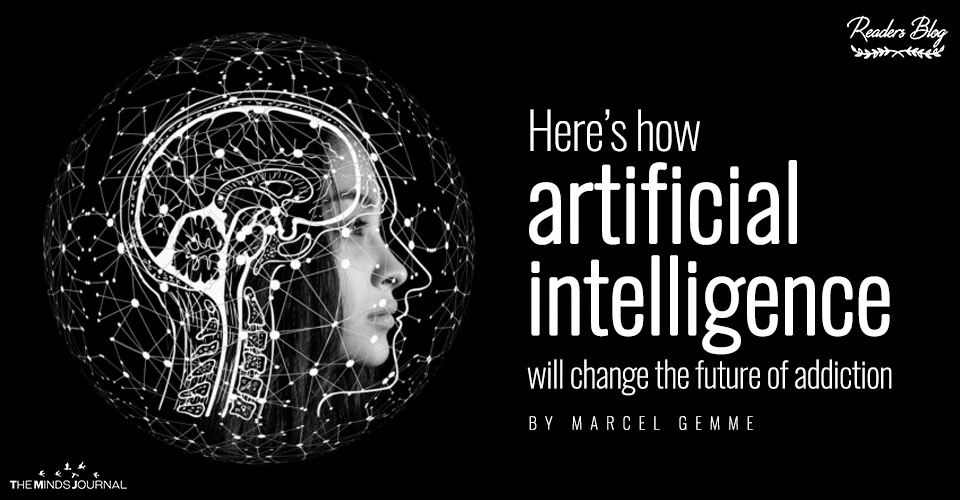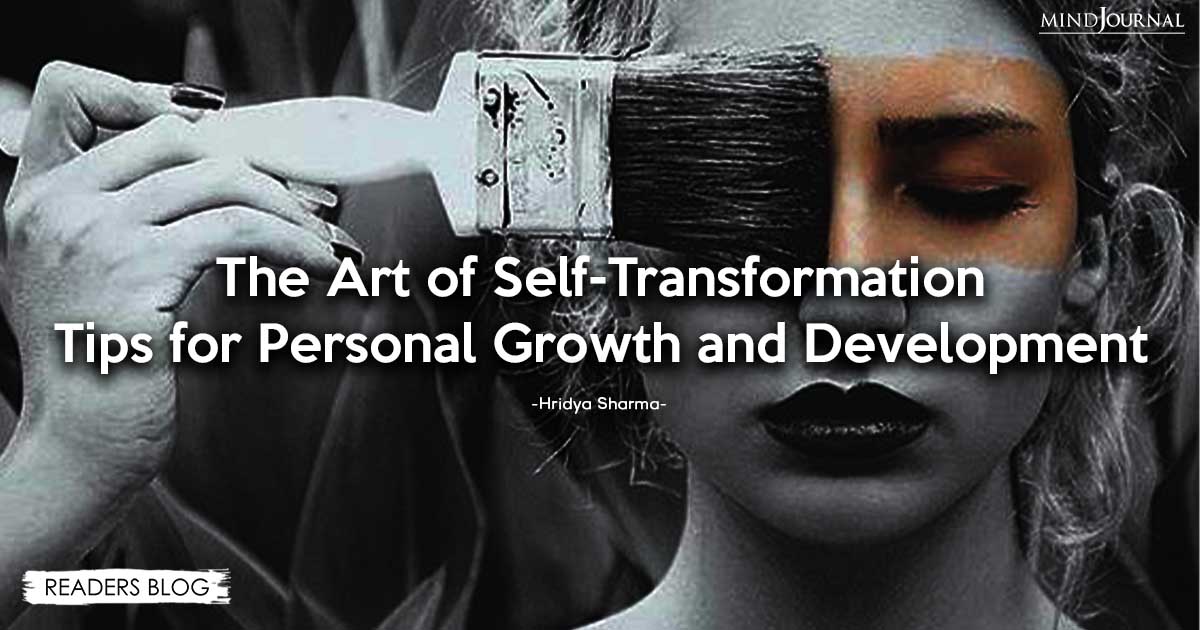It seems like just a few years ago that artificial intelligence was still viewed as a hypothetical. Now machine learning is here, and already making a home for itself in a wide variety of industries, from agriculture to business, from education to healthcare. While it’s true that the technology is still in its infancy, its numerous applications ensure that it will grow to become a major part of our everyday lives.
The fact is, a practical use for AI can be found in any industry or area of study where there is plenty of quantifiable data. The field of addiction treatment is no exception, with addiction as a whole having been formally researched for many years. There is (unfortunately) no shortage of case studies to go around. The resulting data stores are the raw materials out of which AI, through collective analysis, can build useful tools for healthcare professionals and addiction treatment specialists.
In the future, AI is likely to take on two major roles with respect to addiction. First, it will (and to some extent, already does) aid individuals who suffer from addiction themselves. Second, it will help change the healthcare infrastructure through which addiction treatment is provided.
Individual benefits
Creating software that can accurately predict a person’s imminent relapse into substance abuse may sound like science fiction. In actuality, that kind of application is already available. While it doesn’t yet do so perfectly, by compiling personal data points via social media, audio recording, phone location, sleep patterns, and vital sign markers (among other inputs), AI can learn enough about a person to know when they are on the verge of relapse.
Trigger Health, for example, says its platform can use machine learning to predict relapses and help plan prevention strategies. This is massively important in the world of addiction, as relapse is one of the worst things that can happen to someone in recovery, and preventing it can save their life.
Other apps aren’t far behind in terms of the benefits they offer individuals in recovery. For example, the U.S. Department of Veterans Affairs partially funded the development of an app called Companion, which “continuously and passively monitors psychological health and well-being using built-in mobile sensors and survey questions.”
How? The app uses audio recording and tracking to scan for alterations in the user’s voice patterns, including pitch, inflection, and additional factors. It also measures how often and how much a user talks. These combined data points can pinpoint at-risk individuals who may benefit from mental health intervention.
Sober Grid, which boasts over 120,000 users, provides its members with social media-based tools that connect them with recovery-related resources, including other users and healthcare professionals. In other words, it gives a recovering addict something critical they need to stay sober: connection. You don’t just need resources when you’re in recovery; you need to know you’re not alone (i.e. a safe place to say, “I’m traveling and there are no meetings where I’m at tonight… Anybody around to just text back and forth for a bit?”)
There are just a few examples of what AI can and will help individuals in recovery accomplish.
Systemic benefits
In addition to information gathered from individuals, the healthcare and biotech industries are sitting on a gold mine of data relevant to addiction, and entrepreneurs have taken notice. For example, in 2017 cloud-based healthcare CRM company hc1.com explained how its new Opioid Dashboard platform would use AI to detect wider opioid abuse patterns:
The software draws from truly massive info sets, including data from ~4 million healthcare providers, 50 million individual patients, and 5 billion diagnostic test results. From these, algorithms can efficiently uncover all kinds of patterns useful both to healthcare professionals as well as government leaders in terms of being proactive about public health. For example, while billions of dollars are currently being spent to reverse the rising death toll due to opioid abuse, a lot of efforts are driven by historical data.
Rather than data from one-to-five years ago, the hc1 Opioid Dashboard gives a real-time window into opioid use and abuse across the nation, which allows officials and others to make far more informed decisions about where to focus help — and where the next issue is likely to arise. It can also be used to evaluate the efficacy of prevention and intervention programs, since “results” are right there to see. Further use cases include everything from identifying rashes of individual instances of abuse and emergencies, to suspicious distribution patterns (i.e. possible hot spots of corrupt prescribing practices).
Overall, it is the combination of data and technology that drives better patient outcomes in all areas of healthcare, including the diagnosis and treatment of addiction. Providers and researchers have gathered data for years and once again, technology is rising to the challenge of making that data useful in innovative ways.
While it’s unlikely we’ll see the eradication of addiction anytime soon, artificial intelligence does offer a number of important paths forward in terms of efficient treatment methods. This is a boon to anyone whose life has been impacted by the destructive force of substance abuse, and to all those who aspire to the freedom and dignity of life on the other side.








Leave a Reply
You must be logged in to post a comment.